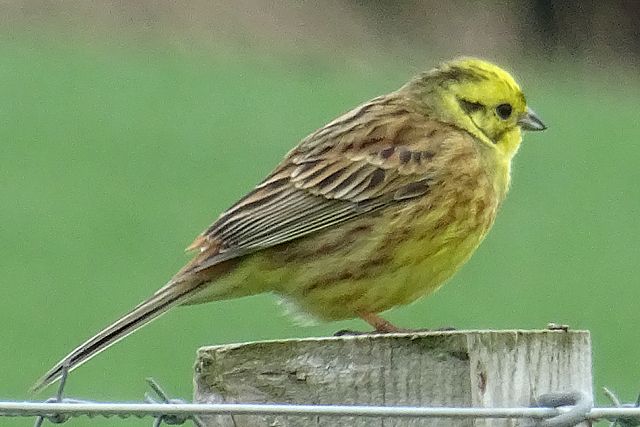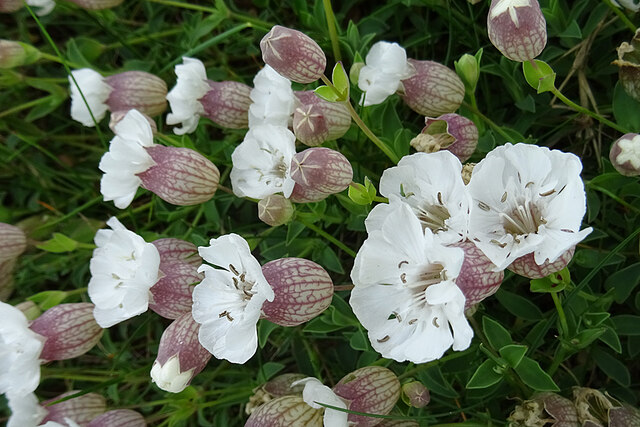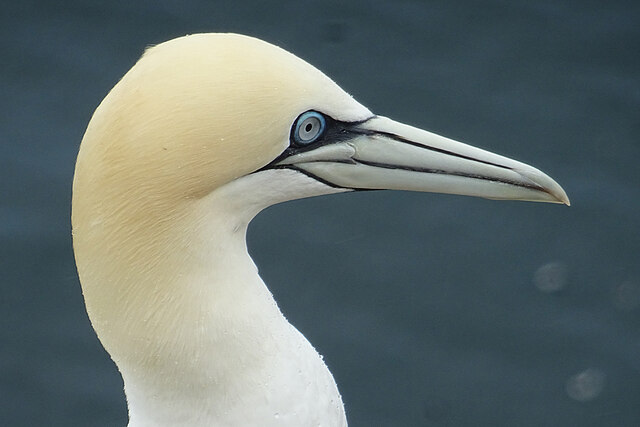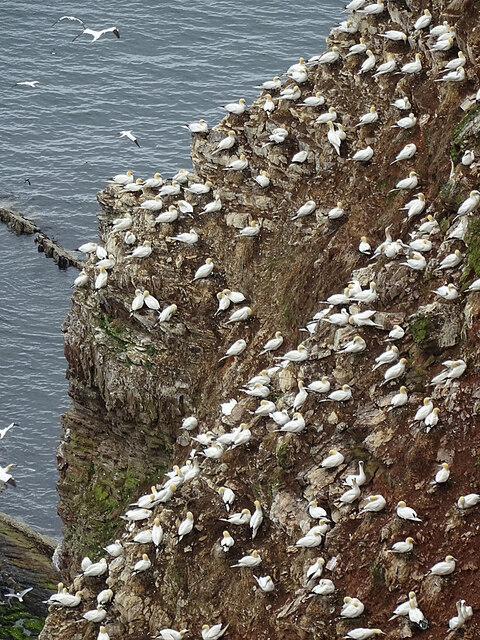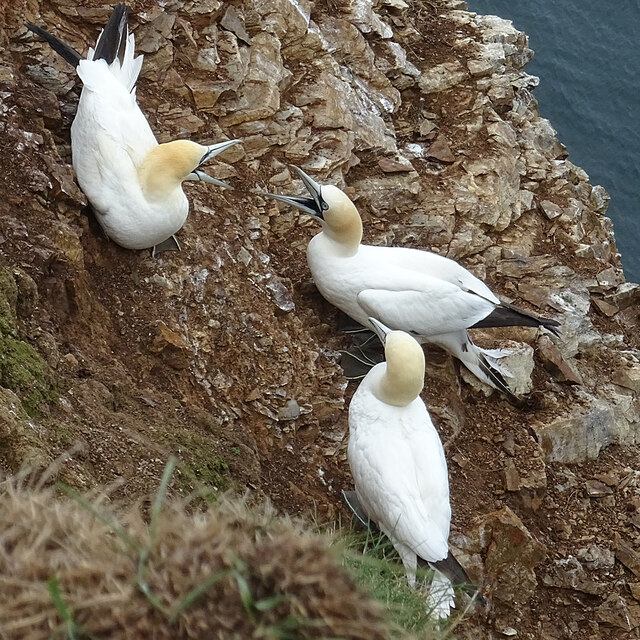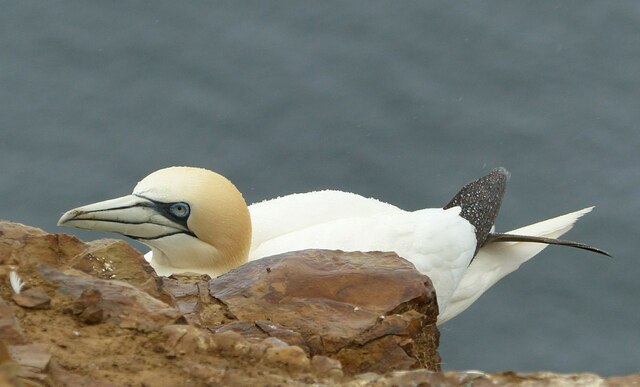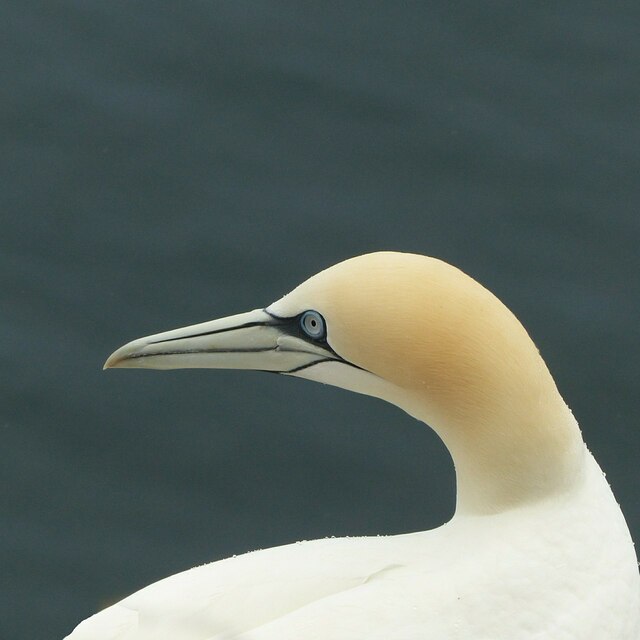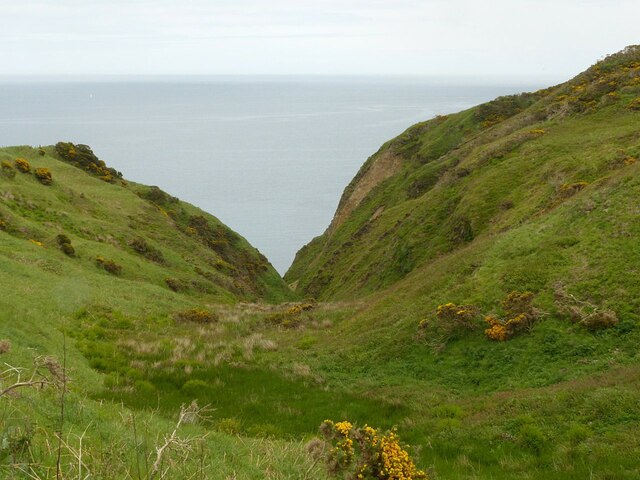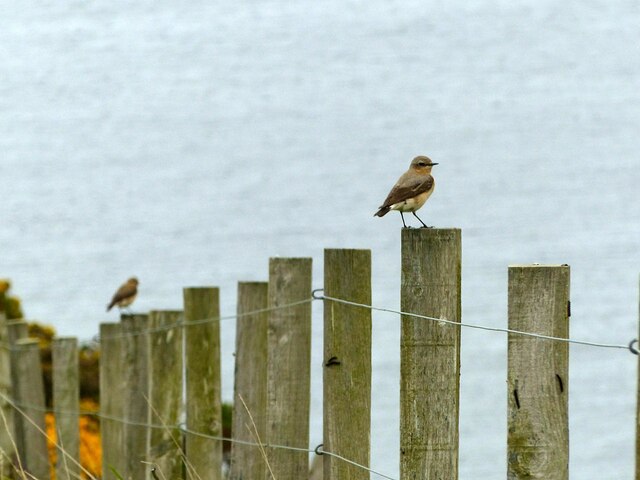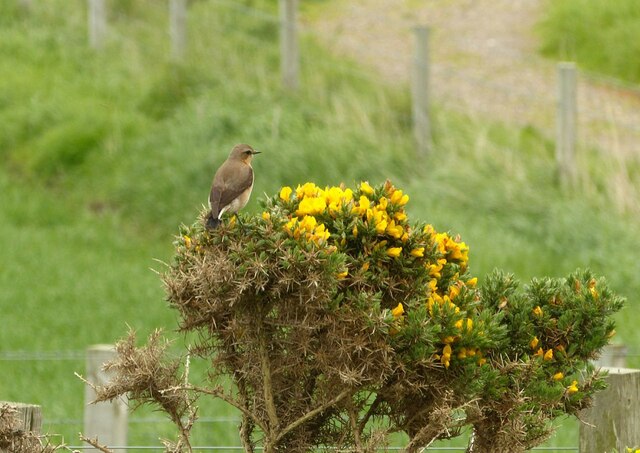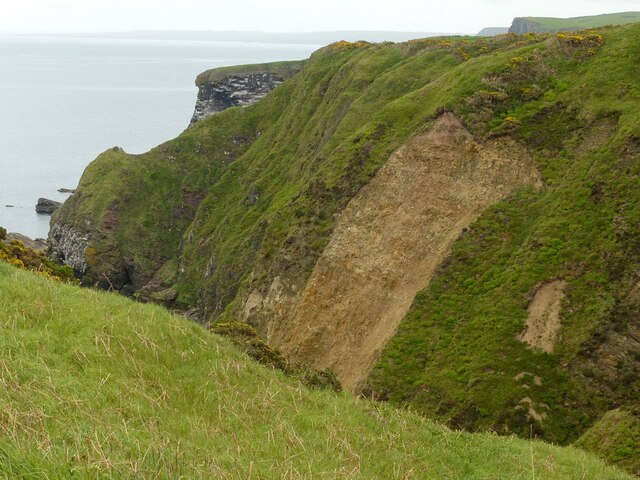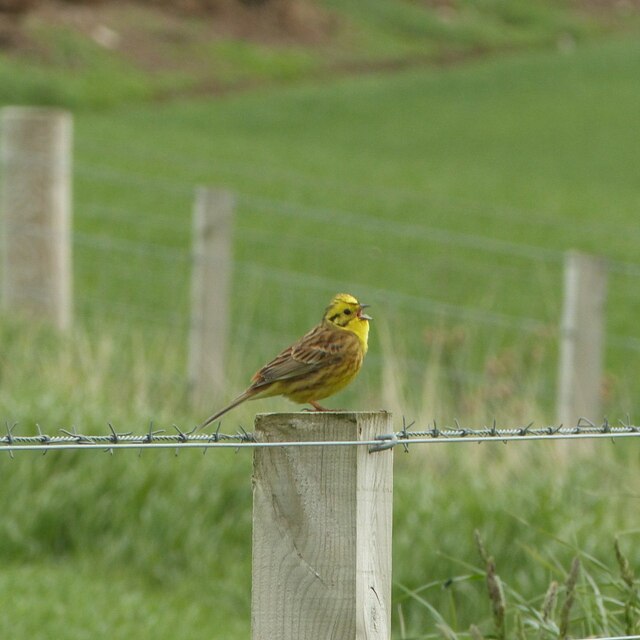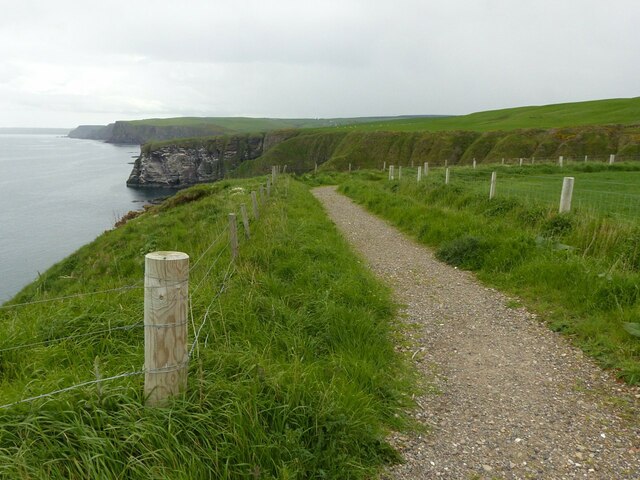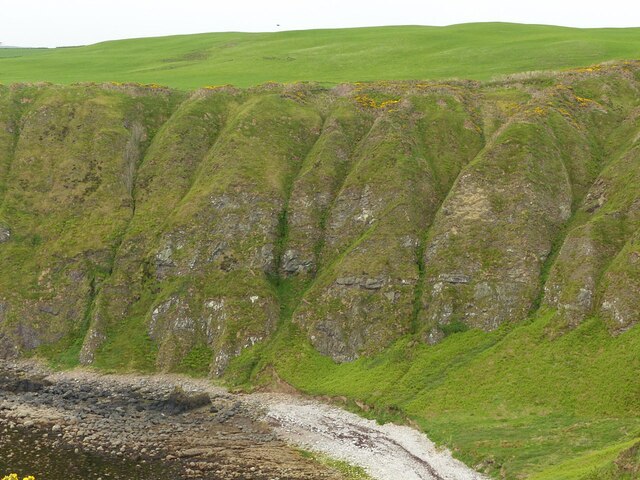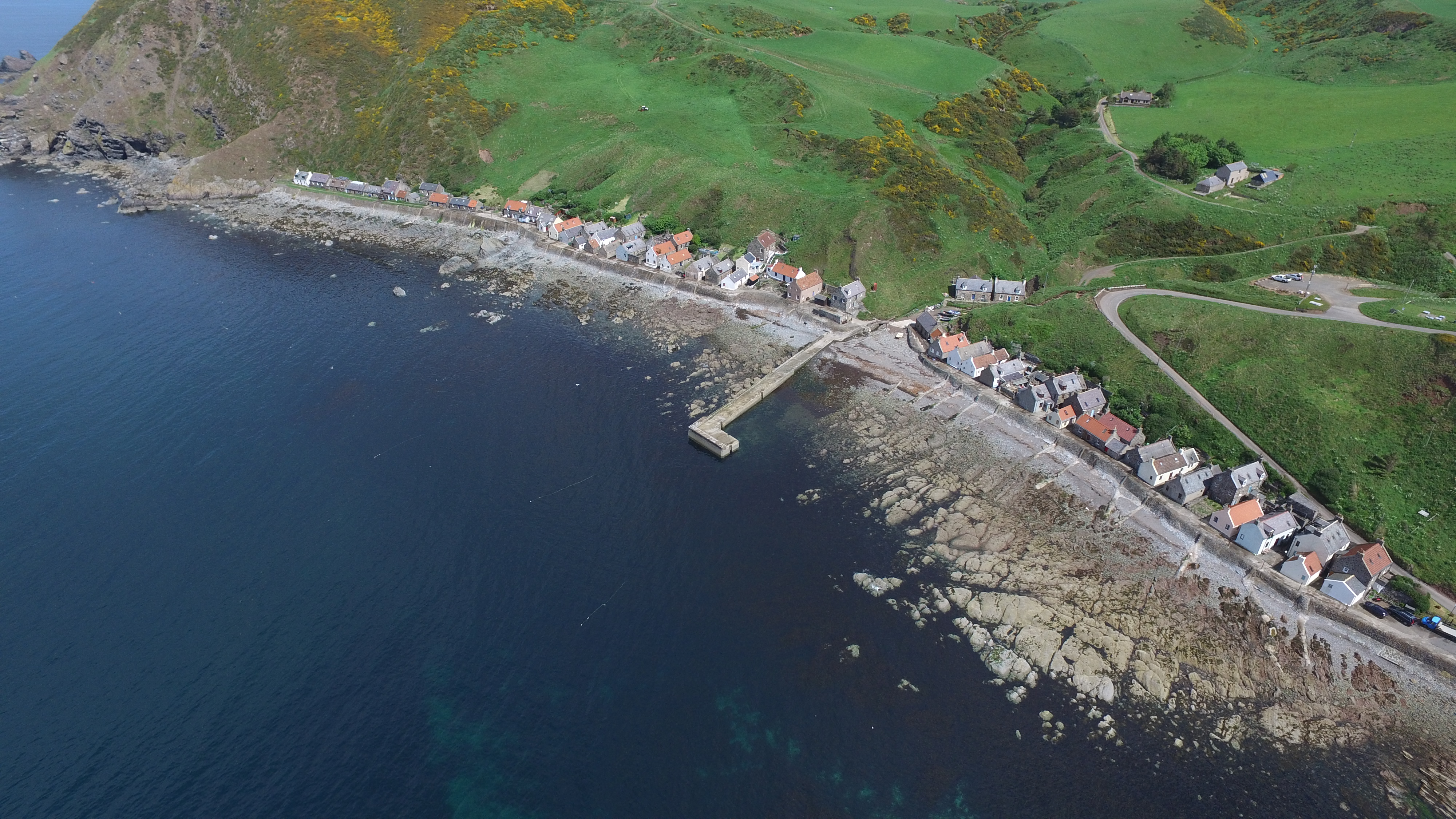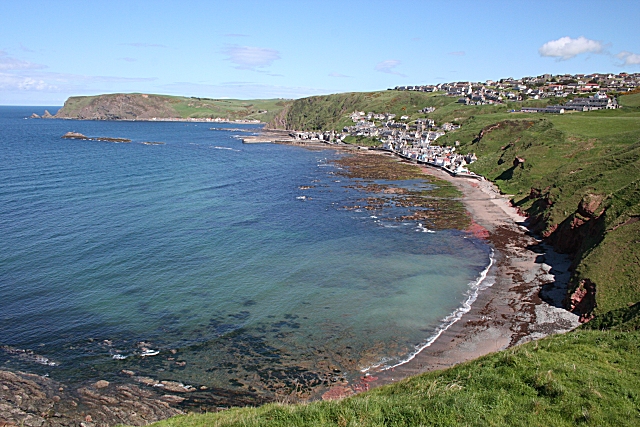Black Chest
Island in Banffshire
Scotland
Black Chest

Black Chest is a small island located off the coast of Banffshire, Scotland. Situated in the Moray Firth, it is part of the Inner Moray Firth Special Area of Conservation, renowned for its rich biodiversity and stunning coastal landscapes.
Covering an area of approximately 2 square kilometers, Black Chest is characterized by its rugged terrain, consisting of rocky cliffs, heather-covered moorland, and small pockets of woodland. The island's coastline is dotted with secluded sandy beaches and hidden coves, providing a haven for various bird species and marine life.
The island's name, Black Chest, is derived from the distinctive black rock formations that can be found along its shores. These unique geological features are a result of volcanic activity that occurred millions of years ago.
Due to its remote location and limited accessibility, Black Chest remains largely uninhabited, enhancing its untouched and pristine environment. However, it has become a popular destination for nature enthusiasts and hikers seeking solitude and a chance to explore the island's natural wonders.
Visitors to Black Chest can enjoy a range of outdoor activities, including birdwatching, nature walking, and photography. The island is home to a variety of bird species, such as puffins, guillemots, and razorbills, making it a haven for ornithologists. Seals and dolphins can also be spotted in the surrounding waters.
In conclusion, Black Chest is a picturesque and unspoiled island in Banffshire, Scotland, known for its dramatic landscapes, diverse wildlife, and peaceful ambiance. It offers a unique opportunity to connect with nature and experience the tranquility of a remote Scottish island.
If you have any feedback on the listing, please let us know in the comments section below.
Black Chest Images
Images are sourced within 2km of 57.693495/-2.2900137 or Grid Reference NJ8267. Thanks to Geograph Open Source API. All images are credited.
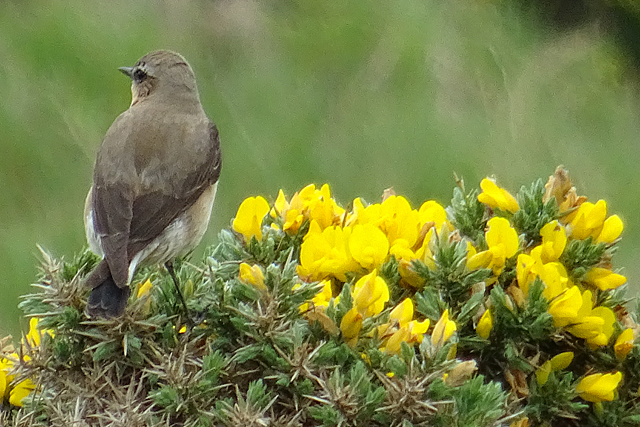
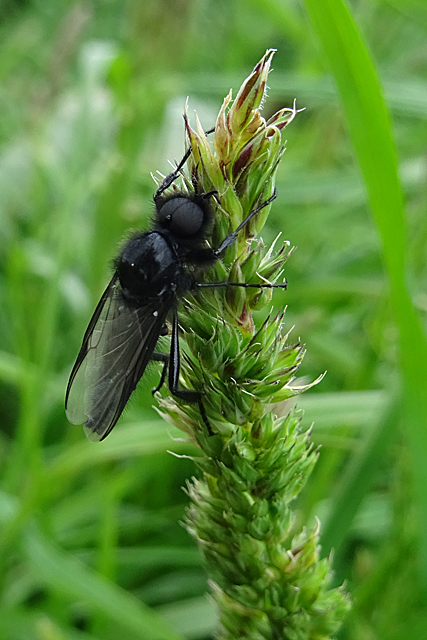
Black Chest is located at Grid Ref: NJ8267 (Lat: 57.693495, Lng: -2.2900137)
Unitary Authority: Aberdeenshire
Police Authority: North East
What 3 Words
///plus.motoring.inserting. Near Rosehearty, Aberdeenshire
Nearby Locations
Related Wikis
Pennan
Pennan (Scots: Peenan) is a small village in Aberdeenshire, Scotland, consisting of a small harbour and a single row of homes, including a hotel. It is...
Crovie
Crovie is a small village in Aberdeenshire, Scotland, dating from the 18th century, a time when the sea was the only mode of transport to and from Scotland...
Auchmeddan Castle
Auchmeddan Castle was a castle, most likely dating from the 16th century, now demolished, located 9 miles (14 km) west of Fraserburgh, at Mains of Auchmeddan...
Gamrie Bay
Gamrie Bay is a bay in Aberdeenshire, Scotland. The bay is between Crovie Head and More Head. The villages of Gardenstown and Crovie are located within...
Related Videos
Scottish Coastal Walk (4k): Pennan #localhero #scotland #tourist #travel #explore #adventure
Welcome to Pennan. A lovely little village on the northern coast of Aberdeenshire, that was the location for the filming of the film ...
Pennan Local Hero Village
Pennan the location of Local Hero. Please note, unsuitable for vans, campers etc. Steep 20% drops of height during the drive.
Pennan - Local Hero Scotland
Pennan the location of Local Hero. Please note, unsuitable for vans, campers etc. Steep 20% drops of height during the drive.
Nearby Amenities
Located within 500m of 57.693495,-2.2900137Have you been to Black Chest?
Leave your review of Black Chest below (or comments, questions and feedback).

